Golestan palace had been the official resident of several generations of Qajar dynasty. Opposed to the royal structures built during Pahlavi era (in Niavaran and Sa’dabad and palaces in the north of Iran) that display western influences in their design and decoration, Golestan palace boasts the finest examples of Iranian architecture of the past two centuries. Given the central location of this massive royal complex, it could be included in the itinerary of a number of sightseeing tours.
Panzdah-e-Khordad Street where Golestan palace is located allows easy access to many of the historic spots and museums of Tehran such as Tehran Grand Bazaar and Iran National Museum. Golestan palace is a UNESCO World Heritage Site and the most important historic site in the capital. To provide thousands of daily visitors with enough time to roam about the place, Golestan palace opening hours are from 9 AM to 6 PM (5 PM on Fridays). Before entering through the gates, you should pay the entrance fee. The amount of the fee depends on the number of sections you want to visit. For better appreciating the glory of Golestan palace, it might be a good idea to get a map and brochure of the place beforehand. You will know about the whereabouts of each section of Golestan palace plus a lot of interesting facts about its history. As shown in these brochures, the complex includes 17 sections consisted of museums, palaces and halls. Among the most celebrated of these sections one can mention Golestan Palace Hall of Diamonds (AKA Diamond Hall), Golestan Palace Mirror Hall, Edifice of the Sun, Brilliant Hall, Containers Hall, Ivory Hall, Pond House, Salam Hall, Building of Windcatchers, Museum of Gifts, Marble Throne, Abyaz Palace and Karim Khani Nook. Another fascinating aspect of the palace is a photograph archive of the royal family including the only extant photos from inside the king’s haram.

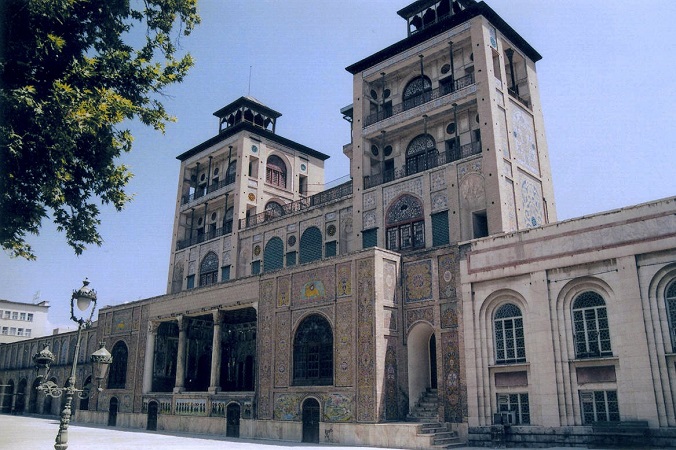
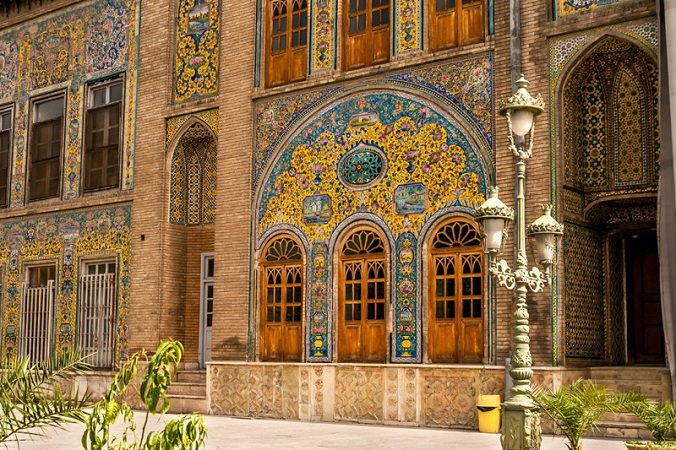
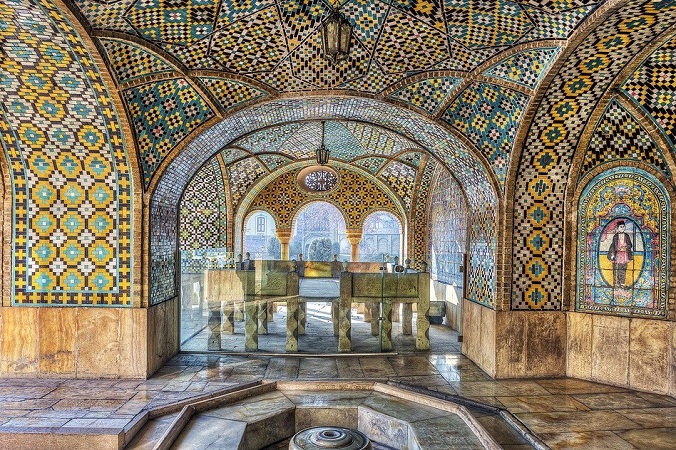
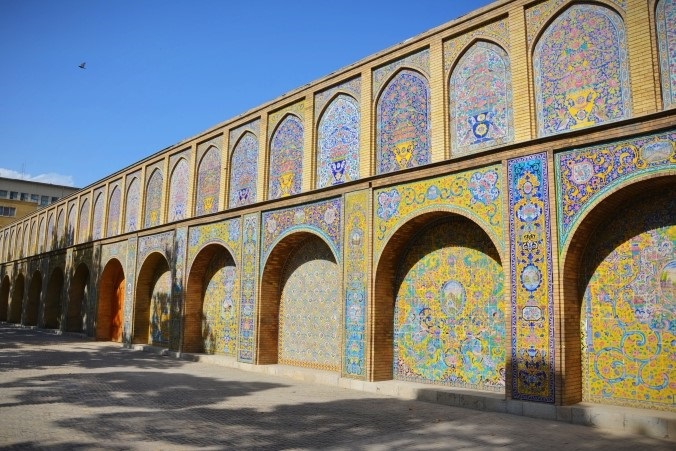
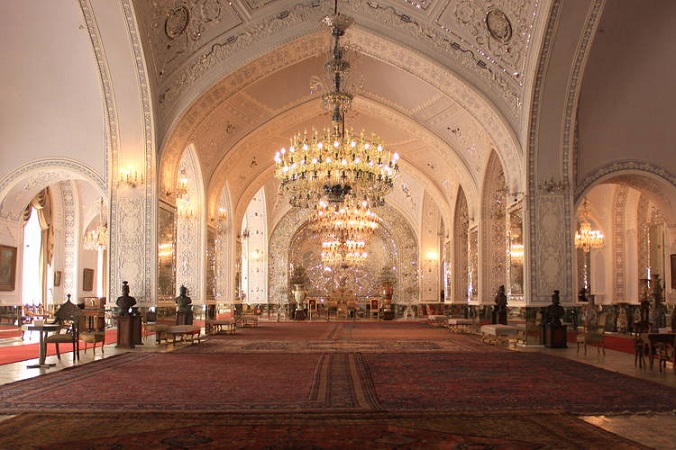
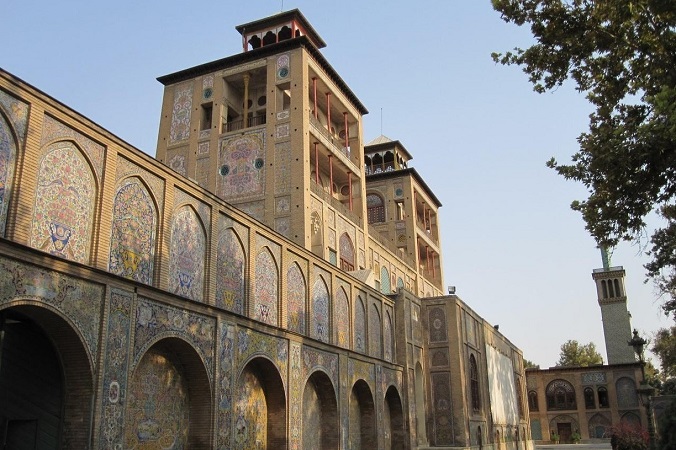
0 Comment(s)
|
Comments and Reviews |
|
|